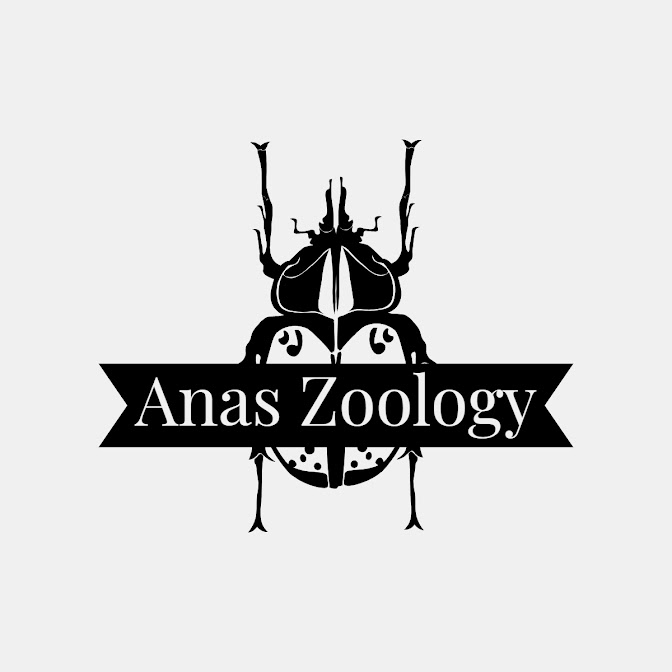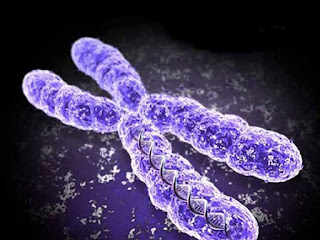This post belongs to the cryptozoology series. Cryptozoology is the study of cryptids. Cryptids are organisms whose existence or survival is disputed or unsubstantiated. Abominable Snowman (Yeti): Distribution: The Himalayan Mountains of Nepal, Kashmir, India, and Bhutan; the southern Tibetan Plateau; southern Xinjiang Uygur Autonomous Region of China; northwestern Yunnan Province, China. The Sherpas in the Himalayas often speak of two or three types of Yeti, though the classifications get blurred. Scientific name: Dinanthropoides nivalis , given by Bernard Heuvelmans in 1958. Description: Muscular. Height, 5 feet 6 inches–7 feet 6 inches tall. Weight, 200–400 pounds. Covered with a thick coat of dark grayish-brown or reddish-brown hair. The dark Yetis are said to be larger than the reddish ones. Less hair on the face. Both white and dark skin have been reported. Flat nose. Wide mouth. Large teeth. Females have large breasts. Arms reach to its knees. Large hands. Long finger...







